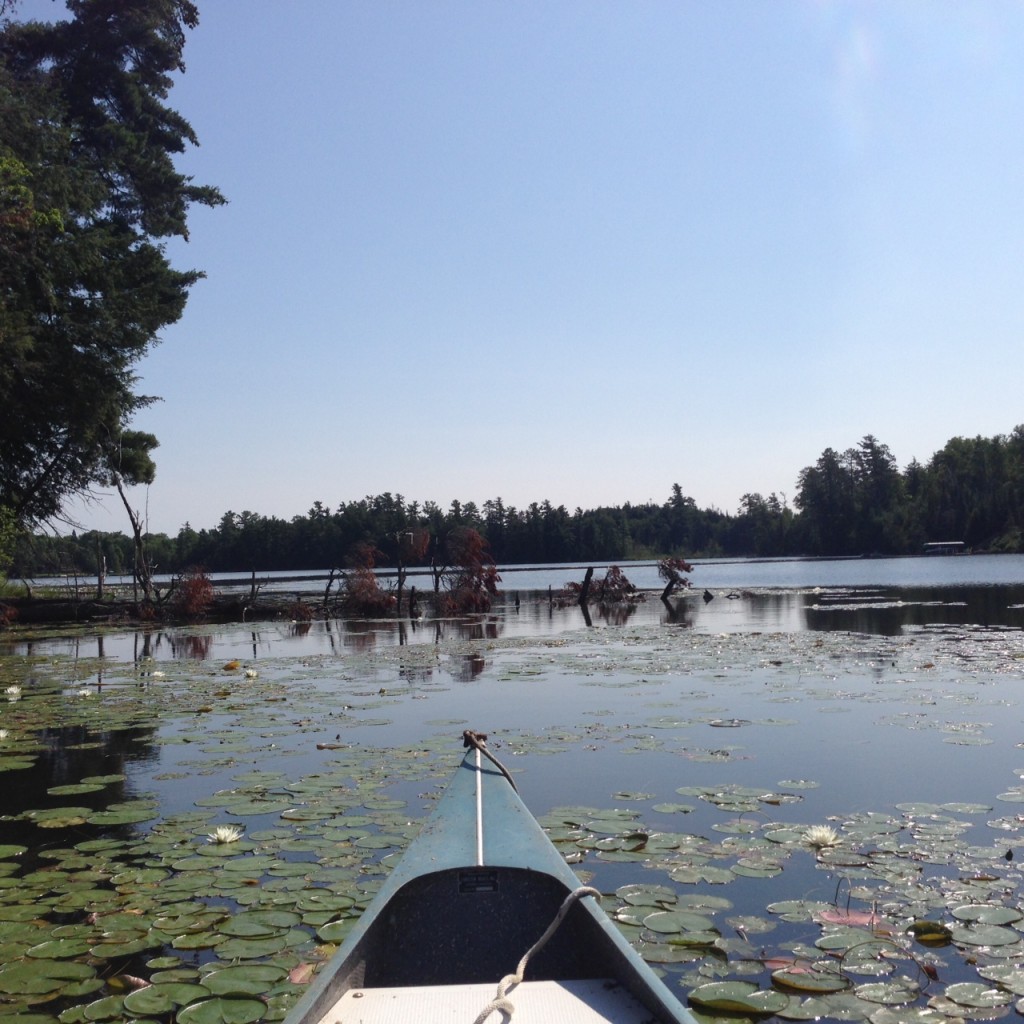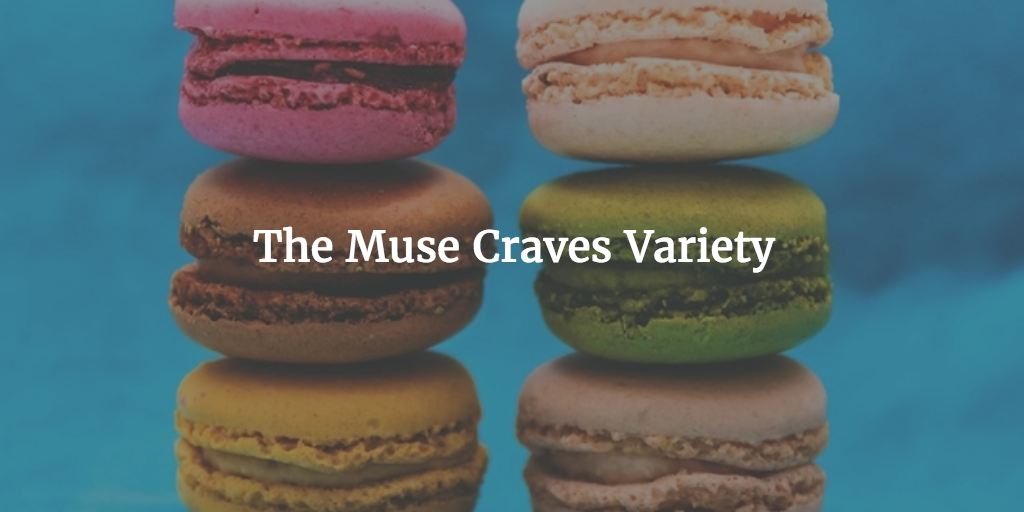Tracking Your Muse’s Favorite Hangouts
What are you doing when the ideas start flowing in your brain? Where do new insights strike? When you sit down and the writing is fluid and productive, where have you been in the hours and days preceding?
Those are the places that your Muse thrives.
The Muse is a short-hand label for those mental systems involved in intuitive and creative thinking. These thought processes are often outside of our intentional control. The previous post in this series talked about Getting to Know Your Muse.
The Muse operates around the margins of our conscious thought. Like an animal tracker, we must look for the traces of where it has been and clues into its patterns and behaviors to determine what makes it happy.
One way to do this is to look at what’s been happening when the Muse appears on the scene. Here are a few things I know from my own experience.
My Muse Hates the Office
Inconveniently, my best ideas often appear when I’m far from the computer. I know that I’m not alone in this.
By examining the patterns of places and activities that lead to renewed writing energy, I can draw a number of conclusions:
My Muse loves the outdoors. Return from a walk outdoors, or better yet, a long vacation, and she’s raring to go.
(My Muse loves this kind of thing…)
She does well with physical activity. Whether taking a hike or working out in the gym, physical activity circulates ideas as well as blood.
She’s a dilettante. She draws inspiration from other activities, including singing, listening to music, visiting with friends, or watching and discussing movies. If I spent all day trying to write, she might go on an extended vacation. She loves variety.
Variety Fuels Creativity
The Muse is the source of inspiration and connections, and will be more effective when exposed to more variety.
Creativity arises from the combination of two things.
- Domain expertise – an understanding of the subject you’re writing about
- The ability to find unexpected connections or perspectives
The Scribe takes care of the domain knowledge, while the Muse is responsible for the creative connections.
Exposure to things outside the everyday presents more opportunities for cross-pollination and unexpected connections.
For a further discussion about creativity, read David Burkus’ The Myths of Creativity: The Truth About How Innovative Companies and People Generate Great Ideas.
How To Use This Knowledge
Feed the Muse by giving it a varied diet of locations, activities, and subjects.
Pay attention to the places and activities that inspire your Muse, and return to them intentionally when you need inspiration.
Other things you can do:
- Read widely, within and outside your chosen field
- Get out in the world and away from the desk
- Change your inner perspective by talking with others
For a detailed description of how the Muse participates in the writing process, see the book The Writer’s Process: Getting Your Brain in Gear.
Other blogs in this series:
Writing Fast and Slow describes the inner processes of Muse and the Scribe.
Take the Muse Quiz to get to know your own Muse.


